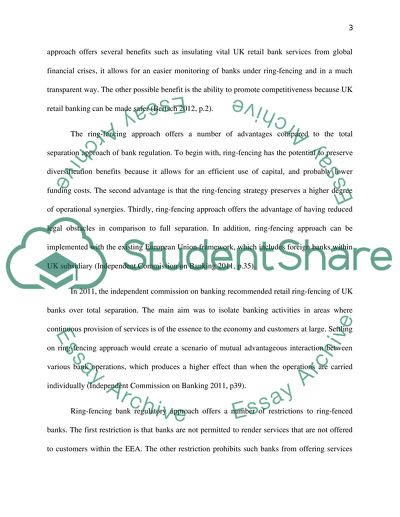Cite this document
(“Approaches to banking regulation Essay Example | Topics and Well Written Essays - 1250 words”, n.d.)
Retrieved from https://studentshare.org/finance-accounting/1468466-approaches-to-banking-regulation
Retrieved from https://studentshare.org/finance-accounting/1468466-approaches-to-banking-regulation
(Approaches to Banking Regulation Essay Example | Topics and Well Written Essays - 1250 Words)
https://studentshare.org/finance-accounting/1468466-approaches-to-banking-regulation.
https://studentshare.org/finance-accounting/1468466-approaches-to-banking-regulation.
“Approaches to Banking Regulation Essay Example | Topics and Well Written Essays - 1250 Words”, n.d. https://studentshare.org/finance-accounting/1468466-approaches-to-banking-regulation.


